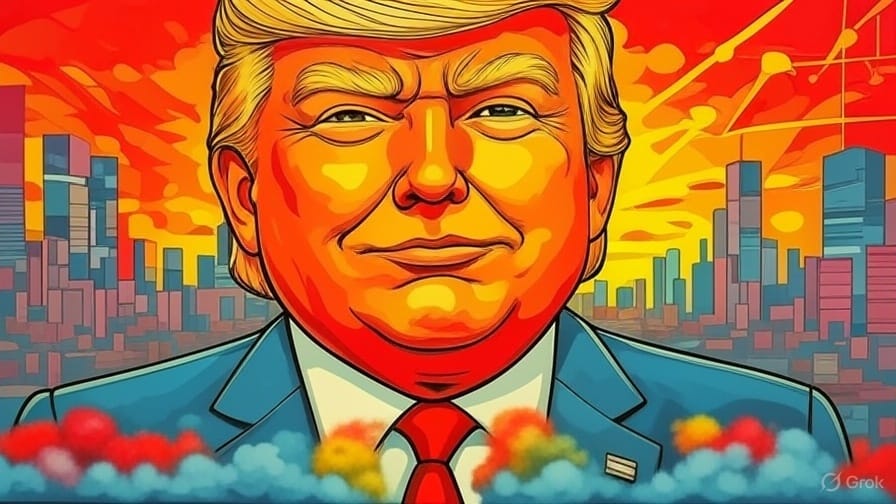President Donald Trump is preparing to unveil a sweeping set of executive orders designed to make America the global powerhouse in artificial intelligence. If implemented with precision and speed, these measures could launch the nation into a new period of economic growth and technological supremacy.
According to news outlets including Reuters, the pending executive actions would remove major regulatory hurdles, unlock vast energy resources, and streamline construction of data and energy infrastructure critical to supporting AI development. In short, the Trump team is preparing to lay the groundwork for a digital-industrial renaissance.
This initiative could not come at a more important time.
Unleashing a National AI Infrastructure Strategy
At the heart of Trump’s plan is a set of reforms aimed at overhauling how the federal government treats AI-related infrastructure. One major change includes the creation of a nationwide Clean Water Act permit tailored specifically to expedite environmental reviews for energy and data projects tied to artificial intelligence.
Another directive would push federal agencies to prioritize shovel-ready transmission lines—essential for expanding America’s power grid fast enough to handle AI’s skyrocketing energy needs.
The orders would also open up federal lands to accelerate the construction of critical infrastructure projects, helping bypass the delays that often plague private development efforts. Combined with a sharp increase in the energy resources dedicated to powering AI systems, this strategy signals a clear recognition of AI’s role as a top national priority.
These moves would eliminate some of the biggest barriers slowing down AI progress. By speeding up approval processes, ensuring reliable energy access, and tapping into federal lands, Trump’s executive actions would provide the physical backbone needed to fuel the AI revolution in America.

And make no mistake, this revolution is massive in scale.
A report featured in MIT Technology Review earlier this year cited estimates from researchers at Lawrence Berkeley National Laboratory projecting that, by 2028, powering AI systems in the U.S. could consume between 165 and 326 terawatt-hours of electricity annually. That’s more than every American data center uses today combined. It’s enough power to light more than one in five U.S. homes.
This isn’t a minor tech upgrade. It’s an industrial transformation on the scale of the early 20th century.
The Global Race Is On
China isn’t waiting around either. The Chinese Communist Party has aggressively ramped up its energy development to prepare for the AI age. In May, Beijing approved a $27.7 billion project to build ten nuclear reactors. Once completed, this would make China the world’s top nuclear energy producer by the end of the decade.
In addition, China poured more than $900 billion into renewable energy projects in 2024—coming close to matching global fossil fuel investment levels.
The Chinese government clearly grasps what’s at stake, and Trump’s AI strategy appears crafted to ensure the United States doesn’t get left behind.
The $13 Trillion Prize
Artificial intelligence is not science fiction. It’s the foundation of what could become the largest economic expansion since the dawn of the internet.
According to the McKinsey Global Institute, AI could generate as much as $13 trillion in global productivity gains by 2030. That’s the equivalent of creating three new economies the size of India in just a few years.
Countries that lead in AI development will see an explosion in output and innovation across virtually every sector—manufacturing, healthcare, finance, logistics, national defense, and beyond.
For the United States, this offers a once-in-a-generation chance to restore its industrial base, bring back critical supply chains, and create millions of high-paying jobs. AI could empower startups, fuel entrepreneurial innovation, and dramatically increase the efficiency of public services. It could also tip the scales in America’s favor in terms of military strength and scientific leadership.
If there’s a single force capable of revitalizing American prosperity in the 21st century, it’s artificial intelligence.
But seizing that opportunity requires urgency. The infrastructure—both digital and physical—must be built now. That’s why the Trump executive orders matter. They reflect the bold action necessary to keep pace with rapid technological change.

